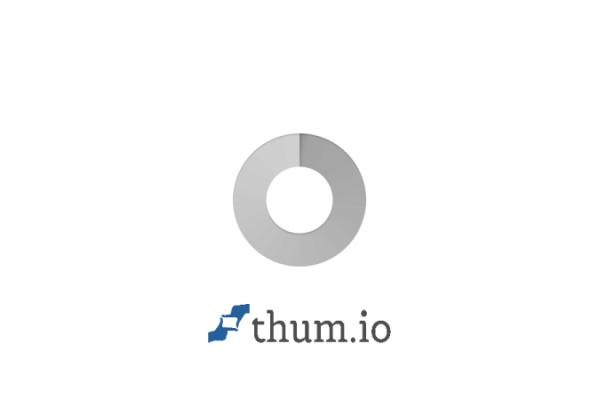AI Detector The Essential Tool for Verifying Content Authenticity in the Digital Age

In today’s digital landscape, content creation has evolved significantly. With the rise of AI-generated text, it’s become increasingly challenging to distinguish between human-written and machine-produced content. Whether you’re an educator, editor, employer, or digital marketer, the need for an accurate AI detector has never been more critical. But what exactly is an ai detector how does it work, and why is it such a vital tool?
Let’s break it down in this comprehensive guide that explores the purpose, functionality, and significance of AI detectors in our content-driven world.
What is an AI Detector?
An AI detector is a digital tool or software designed to analyze written text and determine whether it was generated by a human or an artificial intelligence model. These tools are particularly helpful in verifying originality, maintaining academic integrity, and identifying potential misuse of AI content generation tools.
AI detectors use a mix of algorithms, statistical patterns, and linguistic cues to assess whether content follows patterns typically associated with AI models such as ChatGPT, GPT-3.5, GPT-4, and others. The results usually include a probability score or classification that helps the user determine the nature of the content.
Why is an AI Detector Important?
1. Academic Integrity
Educational institutions are increasingly concerned about students using AI tools to complete essays or assignments. While AI can be a powerful aid, over-reliance on it can diminish critical thinking and original work. An AI detector ensures that submitted content meets standards for academic honesty.
2. Hiring & HR Verification
In professional settings, many companies request writing samples to evaluate communication skills. AI-generated writing can inflate an applicant’s capabilities. Using an AI detector helps hiring managers verify whether submissions genuinely reflect a candidate’s skill.
3. Publishing & Journalism
The integrity of journalism and publishing relies on human insight and critical thinking. AI-generated news content can be biased or lacking nuance. Editors use AI detectors to uphold editorial standards and ensure trustworthiness in published content.
4. SEO & Digital Marketing
Search engines like Google are becoming smarter at detecting AI-generated content. If overused, AI content can lead to penalties or reduced rankings. SEO professionals use AI detectors to ensure the content remains human-centric and valuable to readers.
How Does an AI Detector Work?
AI detectors typically analyze multiple factors to assess whether a piece of text was likely written by a human or a machine. These include:
Text Perplexity: Measures how predictable the language is. AI-written text tends to be more uniform and predictable.
Burstiness: Human writing tends to vary in complexity and sentence length, while AI content often remains consistent.
Repetition and Redundancy: AI tools may overuse certain phrases or structures.
Grammar and Syntax Patterns: AI-generated text usually exhibits near-perfect grammar, while humans naturally introduce stylistic variations.
After evaluating these parameters, the AI detector assigns a probability score or classification (e.g., “likely AI-generated,” “likely human-written”).
Best Practices for Using AI Detectors
If you’re incorporating an AI detector into your workflow, here are a few best practices to follow:
Use Multiple Tools
No AI detector is 100% accurate. It’s often a good idea to cross-check content across multiple platforms to get a more balanced result.
Analyze in Segments
Large documents can give skewed results. Break your text into smaller segments to get a more accurate assessment.
Don’t Rely Solely on Scores
AI detectors provide guidance, not absolute proof. Always complement their results with your own critical reading and judgment.
Understand the Context
A false positive can occur if a human writer mimics an AI style (like concise, structured answers). Always take the content’s purpose and tone into account.
Limitations of AI Detectors
While AI detectors are incredibly useful, they’re not foolproof. Some limitations include:
False Positives and Negatives: Human-written content may be flagged as AI-generated and vice versa.
Model Bias: Some tools are trained on limited data and may not detect the latest AI models effectively.
Dependence on Text Quality: Poor grammar or overly polished language can mislead detectors in both directions.
Understanding these limitations is important to avoid misinterpretation or overreliance on these tools.
The Future of AI Detectors
As AI writing models become more sophisticated, AI detectors must evolve in parallel. The future holds the possibility of:
Real-time AI detection during content creation
Integration with content management systems
Advanced forensic analysis that considers metadata, typing patterns, and user behavior
Regulatory bodies and industries are also likely to set new standards around AI-generated content disclosures, making detectors a standard part of digital compliance.
Final Thoughts
In an age where AI tools are becoming more accessible and powerful, ensuring the authenticity of written content is crucial. Whether you’re a teacher safeguarding academic standards, a business hiring genuine talent, or a publisher maintaining journalistic ethics, an AI detector is an essential tool in your arsenal.
But remember—no tool is perfect. The human eye, combined with the right technology, still provides the best results. As long as we remain aware of both the strengths and limitations of AI detectors, they can serve as reliable allies in navigating the complex digital landscape.
Have a question?
Fill in the form below and we'll get back to you asap.
Comments
Details
Services
Opening Hours
- Monday 9:00 AM - 6:00 PM
- Tuesday 9:00 AM - 6:00 PM
- Wednesday 9:00 AM - 6:00 PM
- Thursday 9:00 AM - 6:00 PM
- Friday 9:00 AM - 6:00 PM
- Saturday Closed
- Sunday Closed
Recommended For You












